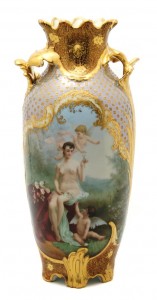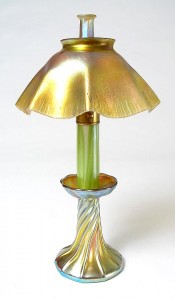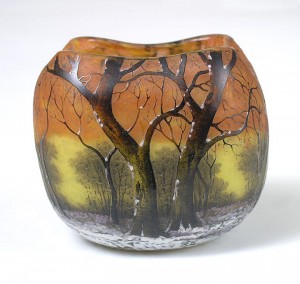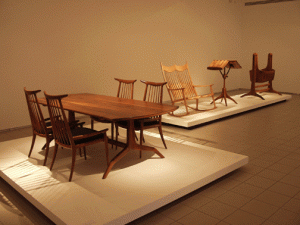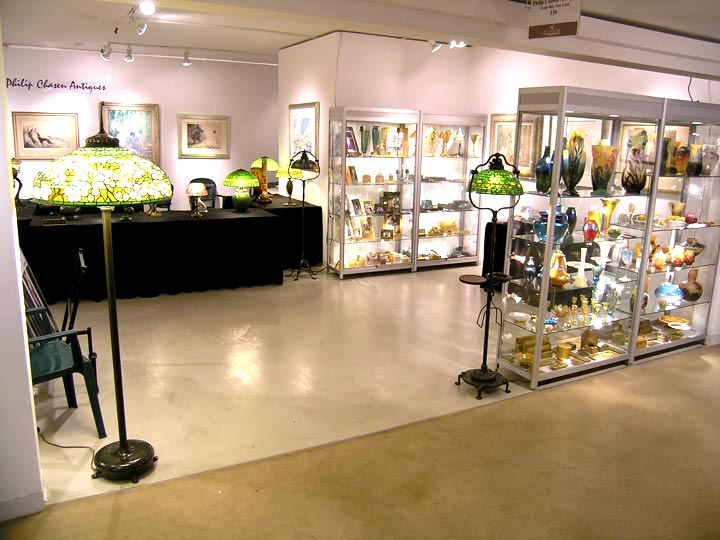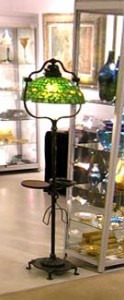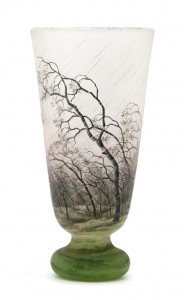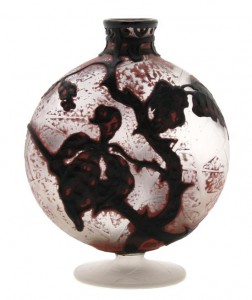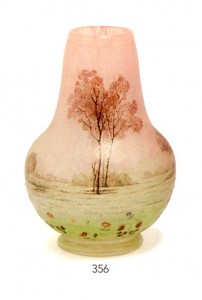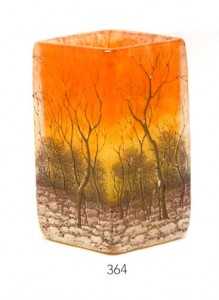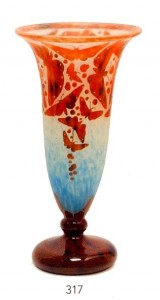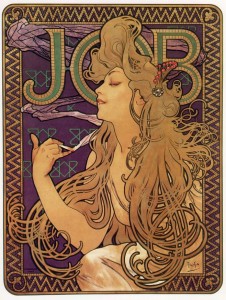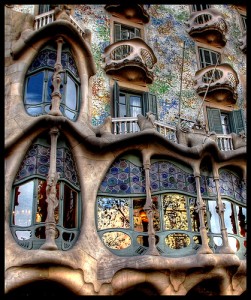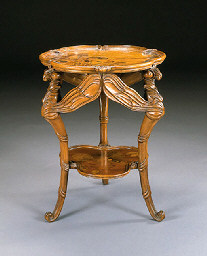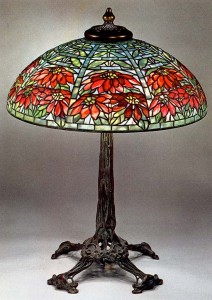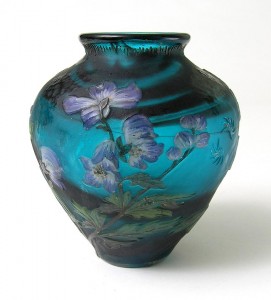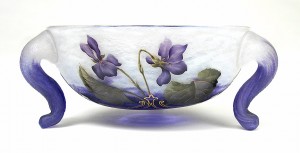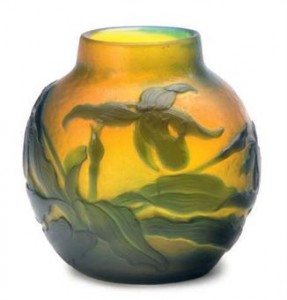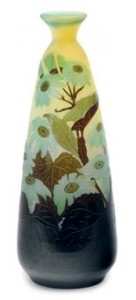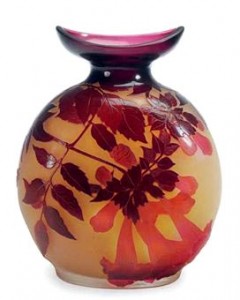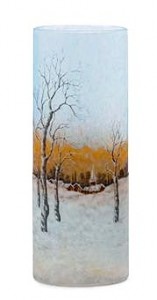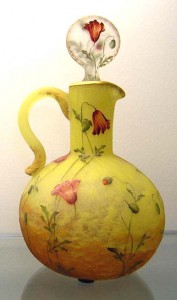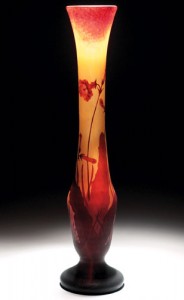Having sold many thousands of antique glass vases over the years, I’ve learned a lot about how to clean them from trial and error and a few mistakes. It also doesn’t hurt to have a Master’s Degree in Chemistry.
Most people are quite timid about using chemicals on glass. They’re afraid they’ll ruin the vase by removing the decoration or somehow damaging it. There are very few times this would actually be accurate. Cold painted decoration on a vase could be ruined by the use of some chemicals but Tiffany Favrile vases or French cameo vases by Daum, Galle, and others have no cold painting, so all of the steps I describe below are appropriate. If you suspect that your vase has cold painting on it, test a small area with one of the cleaners below, using a Q-tip. If the color of the paint comes off, use only the mildest cleaners.
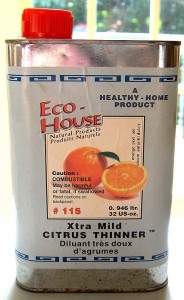
Eco-House citrous thinner
The first step is to remove any substances that will dissolve in organic solvents such as mineral spirits or acetone (nail polish remover). There are some commercial products available that are also good, such as Goo Gone, available at stores like Office Depot, or online. Another product I like is citrous thinner, made from orange peels. It smells a lot better than the other solvents and is quite effective. Click here if you’d like to order it.
Start by looking for anything sticky with your eyes and your fingers. Take a rag or paper towel and use just a little solvent. Rub the affected area until the dirt or stickiness is gone. Mineral spirits is a gentler solvent than acetone, so try it first. Mineral spirits is especially good for removing the gum from labels. Use acetone second, if you need a stronger solvent. These various solvents will also remove crayon, sap, or any similar substance.
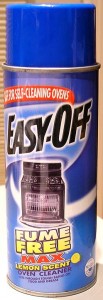
Easy-Off Fume Free
Next we’re ready for aqueous cleaning. I suggest you do this in a sink. Most of the cleaners will make the vase slippery, so be very careful not to lose control and break your vase. The gentlest cleaners are dishwashing liquid or Windex. I like to use an old toothbrush. Scrub the vase with the first cleaner and see if the dirt comes off. If it’s stubborn, you can proceed to the next level of cleaning power with commercial products like Scrubbing Bubbles or Dow Bathroom Cleaner. Repeat the process. Spray the vase, let it sit for a few minutes and clean with a toothbrush or other similar brush. If that’s not strong enough, you can go to the highest level of cleaning power — Easy-Off. There are two types of Easy-Off available. The blue can, labeled “Fume Free” is the one I recommend. (It’s not really fume free, but not too bad.) It’s powerful and should remove any leftover dirt. Finally rinse your vase thoroughly in plain water and dry completely with an old towel. If it’s safe, let it dry upside down. It’s a good idea to use gloves to protect your hands, an apron to protect your clothing and glasses to protect your eyes. Easy-Off in the yellow can is lye (sodium hydroxide). It’s very powerful. It will eat through your clothes and skin as well as severely damage your eyes. Immediately flush with plain water if you have an accident. You’ll know you’ve gotten it on your skin as it feels very slimy.
To clean the inside of a vase, you’ll need various brushes to reach hard-to-get-to areas. Just use one of the sprays above, let sit, and brush away. Justman Brush Company sells hundreds of different brushes.
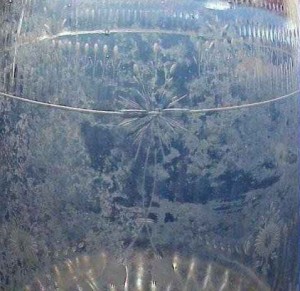
A vase whose glass has been etched on the interior
Vases that have been used with water over the years can present bigger problems. The first problem is the inside of the vase may be scratched. The second and more serious problem goes under the general category of “sick” glass and may include etching of the glass interior or depositing of lime or other minerals, which usually shows as a white deposit. Cleaners will not effectively fix these problems. The only real way to treat problems of this sort is to go to an expert who can “tumble” the vase to resurface the interior. It’s basically the same as sandpapering the entire interior — great for a transparent vase, but not as good for a vase that has a finish on the interior, like an iridescent vase. Use this link for Paul Nulton, who does this kind of work.
Sometimes with a minimum amount of work, the results can be quite gratifying. Many vases were kept in homes where the owners smoked or the air was smoky from fireplaces or stoves. This shows as a dingy brown overall covering. Cleaning this off can sometimes reveal unexpected bright and beautiful colors.
Please send me your suggestions or questions about art glass, lamps, Louis Icart, shows, auctions, etc. If it’s interesting, I’ll answer your question in a future blog entry.
Call or write and let me know what you would like to buy, sell, or trade. philchasen@gmail or 516-922-2090. And please visit my website. chasenantiques.com
